When I first started working remotely and traveling regularly, I had a huge list of places I wanted to visit. I imagined cris-crossing Europe by train, going on multi-day hikes in South America, and backpacking across SE Asia for months on end.
And while it was never my goal to visit every country in the world, I was a little envious of those who had.
But as I’ve gotten older, I’ve been removing more and more places from my “to-go” list. Some countries just aren’t practical to visit for geopolitical reasons; others aren’t safe or welcoming for LGBTQ+ travelers; and a few have climates or cuisines that would dampen my enjoyment of the experience.
And then, of course, there are concerns about overtourism and the environmental impacts of long-distance travel — not to mention various kinds of passport privilege that determine who gets to see the world.
That’s where these six travel books come in. Each one of these travelogues gave me insight into a part of the world that I was curious about and had at one point hoped to visit — but in most cases, I was happy to play armchair tourist and stay at home.
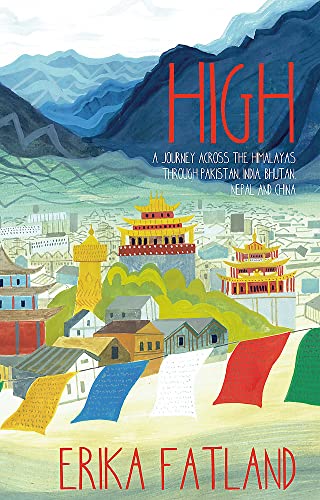
High: A Journey Across the Himalaya, Through Pakistan, India, Bhutan, Nepal and China by Erika Fatland
High is an epic journey that sees Norwegian writer Erika Fatland venture into some of the most remote parts of the Himalaya. Unlike many travel writers, Fatland moves slowly and takes the time to get to know the people she visits — staying in their homes, sharing meals, and even attending their weddings. She interviews her hosts in detail — many of them local women — with the help of her guides and translators.
At the same time, reading about the discomforts of her journey — grueling all-day drives on remote roads, sporadic meals, frigid nights in subzero temperatures — made me glad I wasn’t along for the ride.
This isn’t Fatland’s first adventure: her other books, Border: A Journey Around Russia and Sovietistan: Travels in Turkmenistan, Kazakhstan, Tajikistan, Kyrgyzstan, & Uzbekistan, are equally compelling.
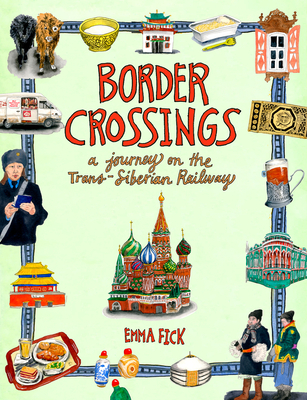
Border Crossings: A Journey on the Trans-Siberian Railway by Emma Fick
The Trans-Siberian Railway — a week-long train ride between Moscow and Beijing — has long been a bucket list item for adventurous travelers. Artist and illustrator Emma Fick took the trip with her boyfriend in 2016, spending 26 days traveling from China to Russia in a sleeper car, with a stop in Mongolia along the way.
The book itself is beautiful, with detailed maps and illustrations highlighting the food, people, and landscapes Fick encounters. But reading about the titular border crossings — including the days they lost backtracking to resolve a bureaucratic visa issue — made me reconsider my own stamina for the trip.
Plus, Fick’s descriptions of the onboard food — including fish cakes and salty milk tea — makes this picky eater think I would struggle to get by. If Fick’s book is the closest I get to taking the journey myself, it will be well worth the price of admission.
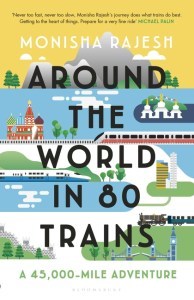
Around the World in 80 Trains: A 45,000-Mile Adventure by Monisha Rajesh
Monisha Rajesh’s railroad adventure is a little more ambitious, but also more familiar, incorporating the Trans-Siberian railway as well as some American and European routes that I’ve taken myself. Rajesh really captures the monotony of long-distance train travel, as well as the challenges of traveling with a partner — in this case, her fiancé Jem, who only reluctantly comes along on the trip.
Rajesh can hardly be accused of romanticizing trains: although clearly drawn to them, she’s quick to critique the quality of the accommodations and even the company on board. In particular, she highlights the overly touristy nature of the modern Orient Express, where she also writes about in Traveler magazine.
As a train lover myself, her stories helped me determine which of these iconic routes really are must-sees and which ones I can skip. For more stories, check out Rajesh’s earlier book, Around India in 80 Trains.
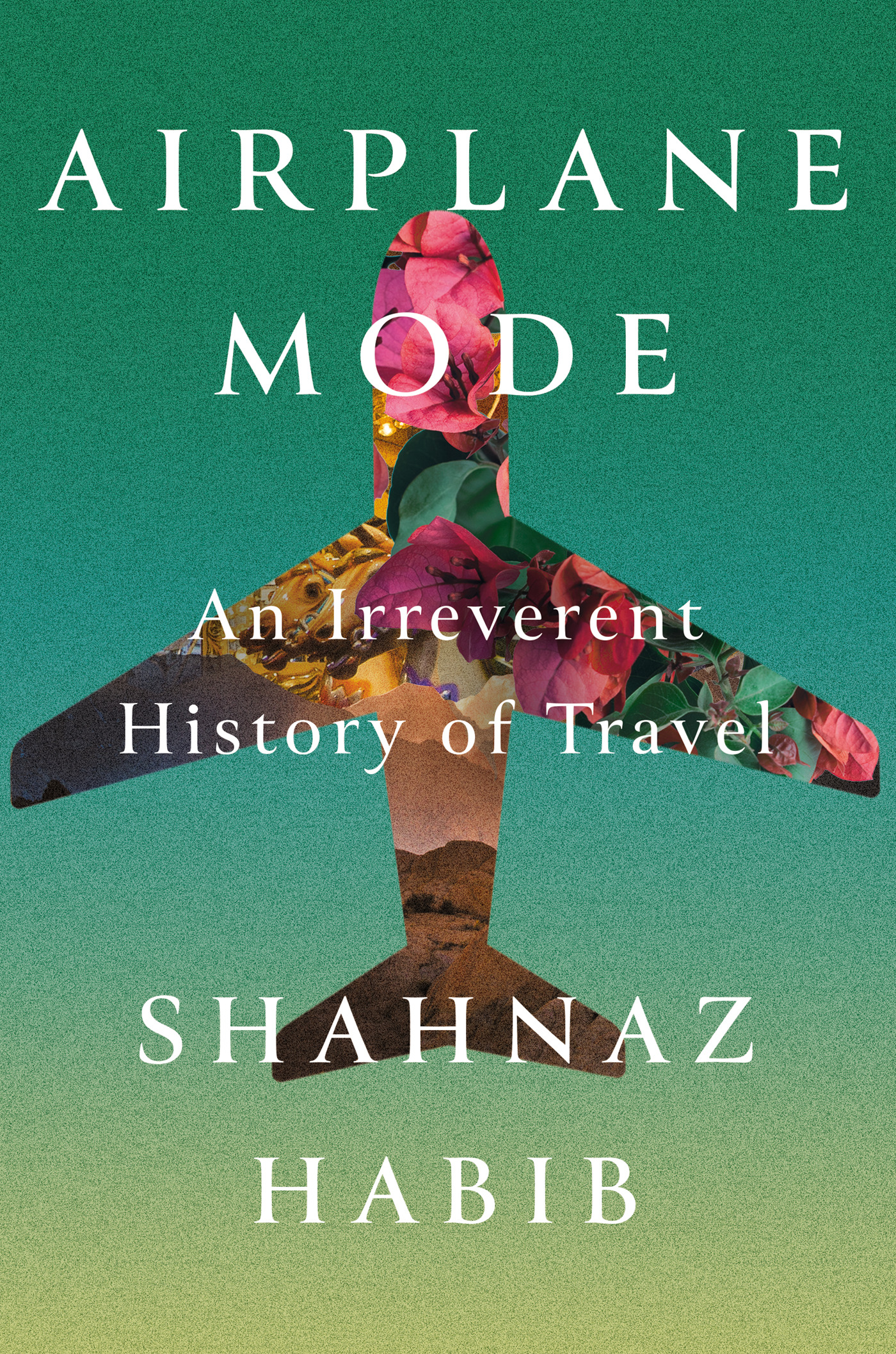
Airplane Mode: An Irreverent History of Travel by Shahnaz Habib
Shahnaz Habib’s Airplane Mode is a welcome corrective to Western travel narratives. As Kirkus Reviews puts it, “Born in Kerala, India, now living in Brooklyn, the author is a traveler and an immigrant, sometimes a tourist, as well.” Habib examines passport privilege, and the stress she endured trying to book a spontaneous trip to Europe before acquiring her U.S. passport.
Habib’s ideas are compelling whether she’s writing about a solo trip to Istanbul or her daily bus trips around Brooklyn as a new mother. But Airplane Mode isn’t just a personal travelogue: it also explores broader trends, such as the role of the South Asian diaspora in the global tourist industry.
Habib’s goal isn’t to discourage us from traveling, but to question the ways we seek out “authenticity”, rather than the “hybridity” of destinations as they really are.
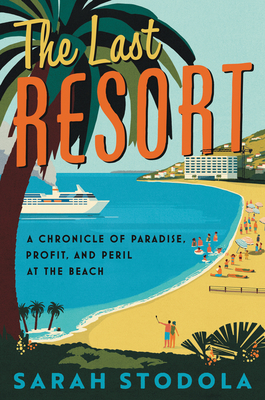
The Last Resort: A Chronicle of Paradise, Profit, and Peril at the Beach by Sarah Stodola
If you didn’t already feel guilty about your upcoming travel plans, The Last Resort is bound to give you pause. Sarah Stodola takes us on a tour of some of the world’s most iconic beaches, including Railay Beach, Thailand; Tulum, Mexico; Miami Beach; and more. It’s fascinating to learn how some of these beach resorts developed, and how beaches became so central to our idea of a good vacation in the first place.
In particular, Stodola dives into the nitty-gritty of Tulum’s infrastructure problems, and how countries like Fiji are taking steps to protect themselves from a similar fate.
Reading this book didn’t encourage me to give up snorkeling and scuba diving, but to acknowledge that the window to visit some of these “must-see” destinations may have passed. As one book review on Goodreads puts it, “This book saved me some money and long flights.”
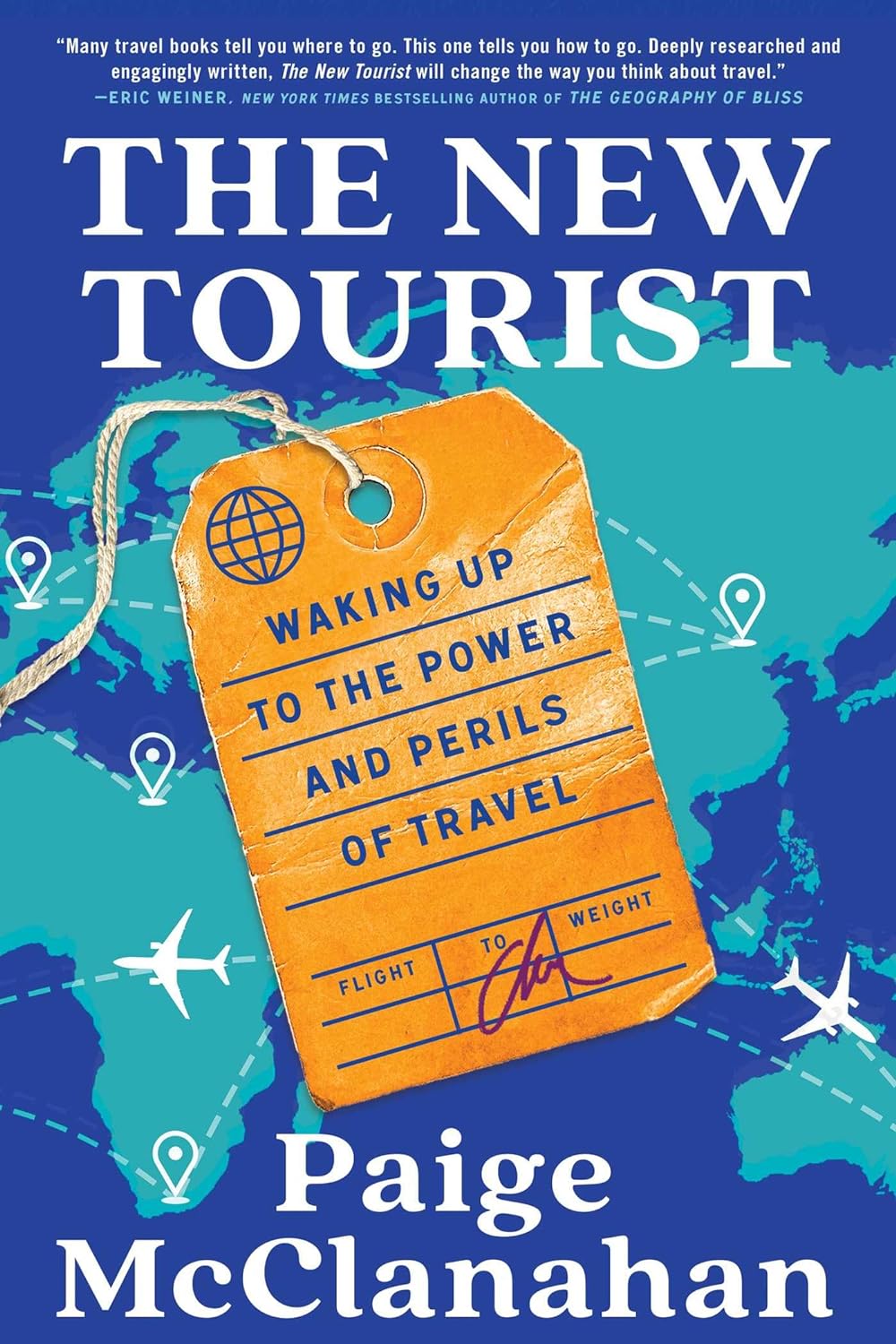
The New Tourist: Waking Up to the Power and Perils of Travel by Paige McClanahan
The New Tourist by Paige McClanahan takes a similar approach, but with a focus on tourism in general rather than beach destinations specifically. McClanahan visits Amsterdam to learn about attempts to transform the Red Light District and Saudi Arabia to find out how it conforms to (and confounds) Western stereotypes.
What was most eye-opening for me was its exploration of the guidebook industry, and the realization that the Lonely Planet isn’t really so lonely after all. All those ideas I had of going “off the beaten track” and visiting “lesser-known” destinations? It turns out everyone else is on the same itinerary.
McClanahan’s book made me think more critically about where my travel impulses come from. It’s essential reading for those of us who want to travel ethically and responsibly for years to come.
Want to discuss these books and other travel topics? Join our free forum!
Photo credit: Ole Kloth

